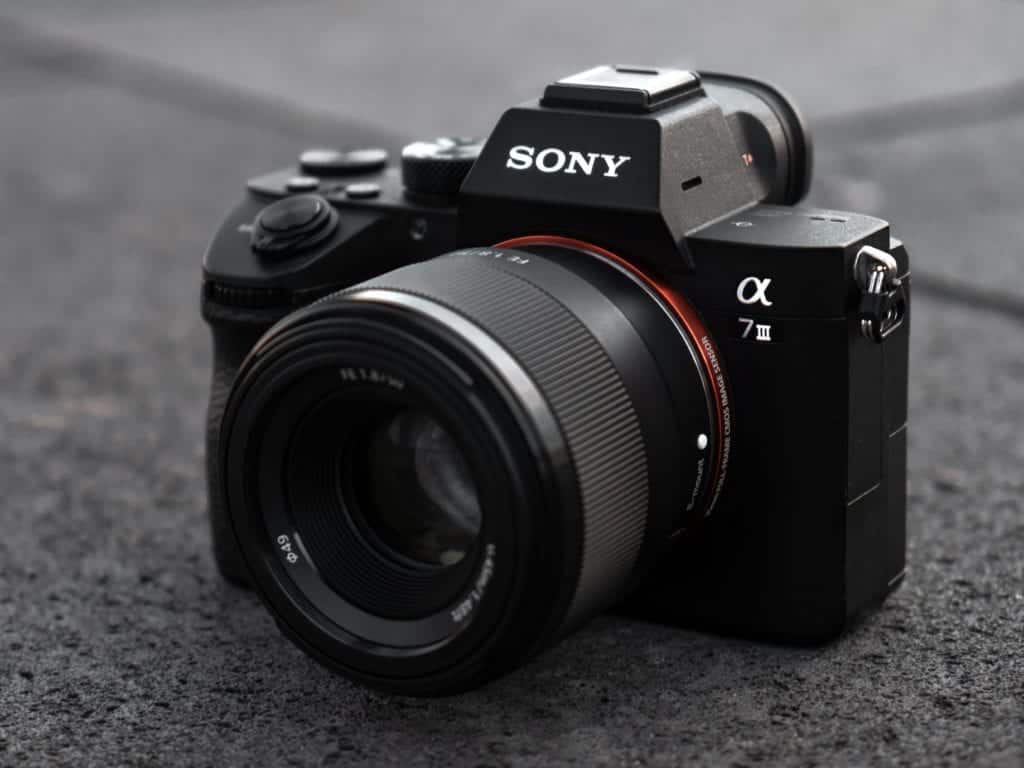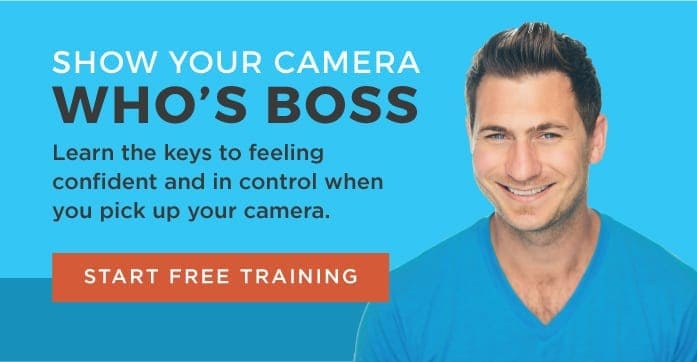- Total253
- Facebook208
- Pinterest35
- Email10
Should I get the 50mm f1.4, or the f1.8?

Overview
If you’ve added a 50mm lens to your kit, you’ve made an excellent choice. Whether you’re shooting with a Sony, Nikon, Canon, or just about any other brand, there are several 50mm lenses to choose from.
The kit lens that came with your DSLR maxes out at around f3.5. While there’s nothing inherently bad about this, once you shoot on a 1.8 lens or better, you’ll soon know what you’ve missed out on.
So if 1.8 is good, is 1.4 even better? It makes sense, at first glance, to reduce it to a simple “you get what you pay for” quip. The respective price tags for a 1.8, 1.4, and even a 1.2 lens would support that idea. But it’s not quite that simple.
Here’s why.

50mm f1.8 Pros and Cons
The lens so universally loved, it has its own nickname: the “nifty fifty.”
Pros
Most of the side-by-side shots comparing the f1.8 and the 1.4 have subtle differences, especially when you zoom in to the details in your photos. Most people will have to search for those differences, as they aren’t always obvious. These subtle differences make most hobbyists decide on the more budget-friendly f1.8.
Cons
A f1.8 lens may be an inexpensive choice, but it’s not junk. It’s still a joy to shoot with and produces excellent photo quality. You don’t always have to shell out top dollar for an enjoyable lens.
Many experts consider 50mm f1.8 lenses to be only slightly better than entry-level. For instance, they are won’t be weather-sealed, or constructed with high-end materials. They make most 1.8 lenses with plastic throughout. The only exceptions are the glass in the lenses, and the mount.
While a “plasticky” lens doesn’t scream high quality, the real litmus test is in the photos it produces. It’s the photographic equivalent of not judging a book by its cover.
Cheaper lenses have fewer aperture elements, affects the shape of your bokeh in high-contrast shots. Depending on the brand of camera you’re shooting with, you might find a 1.8 lens with 7 or even 9 aperture blades, which gives your bokeh a nice round shape. Cheaper lenses with 5 blade apertures, for example, tend to produce pentagonal bokeh.
Pro Tip: Bokeh (pronounced “bo” as in boat, and “keh” as in kennel) is the intentional blurring of a photograph’s background to enhance the subject. You can achieve this in several ways, including using a wide aperture, distancing the subject from the background, and using a longer focal length.

50mm f1.4 Pros and Cons
A professional grade, do-it-all lens. (Ok, maybe not astronomy. A do-most-of-it lens.)
Pros
Overall sharpness in the 50mm f1.4 is a smidge better, color accuracy is a bit truer, bokeh is much creamier, and then there’s that extra f stop.
I cannot tell a lie. The 1.4 is better than the 1.8, if by a hair. Until price enters the picture.
The focusing motor is typically quieter in a more expensive 1.4 lens, too. Since this doesn’t affect your photos much, it’s up to you to decide whether this is a must-have feature. A quieter camera setup makes you less noticeable, which only affects your shots if your subject is skittish, as with wildlife.
Cons
Depending on the lens brands you’re comparing, it’s somewhat rare for the 1.4 to have any discernible edge in build quality over the 1.8. You’re likely to have better quality glass, and perhaps a few more aperture elements, but that’s about it as far as its physical construction goes. The extra price of a 1.4 is not exorbitant compared to the 1.8, but it’s not chump change either. What you get for the extra $300 isn’t worth it for the hobbyist.

Break it down for me
Every lens has a “sweet spot,” the aperture at which everything is sharpest, there is very little edge distortion or fringing, and autofocus is crisp and quick. No matter which lens you pick, the “sweet spot” isn’t your highest aperture—that’s found around 2 stops lower. A f1.4 lens might produce the best results at f2.8, whereas the f1.8 might have a sweet spot of around f3.5. Not a huge difference there.
By the time you compare both lenses shooting at f4, the difference in sharpness will be negligible. Depending on the luck of your autofocus, you may even see a few shots where the 1.8 wins. The extra money for the faster lens is because of that extra f stop of shooting power, and not a lot else.
In most cases, I’d suggest starting with the 1.8. Then, once it’s well-loved and worn out, jump straight to the 1.2 if you gotta have it. Otherwise, buy another 1.8 for $150, and save the remaining $1000 for a different piece of high-end gear.
If the price is not a deterrent and you want the best photos you can get, I recommend renting both lenses for a few days. Shoot with the 1.4 in a variety of settings and subjects, then switch to the 1.8. If you can’t tell the difference, then the 1.8 is your baby. If you’re spoiled for the 1.4, you can’t go wrong. Either way, you can buy with confidence.

Where to buy them
-
Canon EF 50mm f/1.8 STM Lens $125
-
Canon EF 50mm f/1.4 USM Lens $399
-
Canon EF 50mm f/1.2L USM Lens $1449
-
Nikon AF-S NIKKOR 50mm f/1.8G Lens $216.95
-
Nikon AF-S NIKKOR 50mm f/1.4G Lens $446.95
-
Nikon NIKKOR 50mm f/1.2 Lens $599
Manual focus design
-
Sony FE 50mm f/1.8 Lens $248
-
Sony Planar T* FE 50mm f/1.4 ZA Lens $1498
If you’re ready to start pursuing YOUR photography dreams today, check out my FREE training that will equip you to Show Your Camera Who’s Boss. People who take my free training walk away a more confident camera user and better photographer.JOIN ME HERE!
- Total253
- Facebook208
- Pinterest35
- Email10









6 thoughts on “Should I get the 50mm f1.4, or the f1.8?”
Thank you once again, David, for your teaching. You explain things in a way that I can understand and remember! I love your videos and as a mentorship participant, your team rocks !
Happy New Year!
Thank you so much for your kind words Katheryn! It’s my pleasure! Have a Happy New Year!
Why not mention that the 35mm lens on a (APS-C) crop factor camera is the approximate equivalent to the 50mm on full frame camera and the same considerations apply? Also, other crop factor cameras have 50mm equivalents.
Hi Dean! Absolutely! This blog post was specifically on 50mm lenses 🙂
Hello David, thank you for writing this blog and this will help me out on clearing things up on the nifty- fifty I have the Canon 50mm 0.45m/1.5ft and the Nikon AF Nikkor 50mm 1:1.8D which I do not see that one written in here, but it is a manual. I do not care for the Nikon 50mm, but the Canon 50mm I love it. Now I see there are others that I didn’t know about and good to know this. Think I will be getting another one for the Canon. Again thank you so much for writing this tidbit.
I had to make this choice recently and went with the f1.8. While the f1.4 would have been nice for the shallow depth of field, I found the price difference to be too significant. So far I’ve been very happy with the results and the f1.8 has been a great addition to my kit.